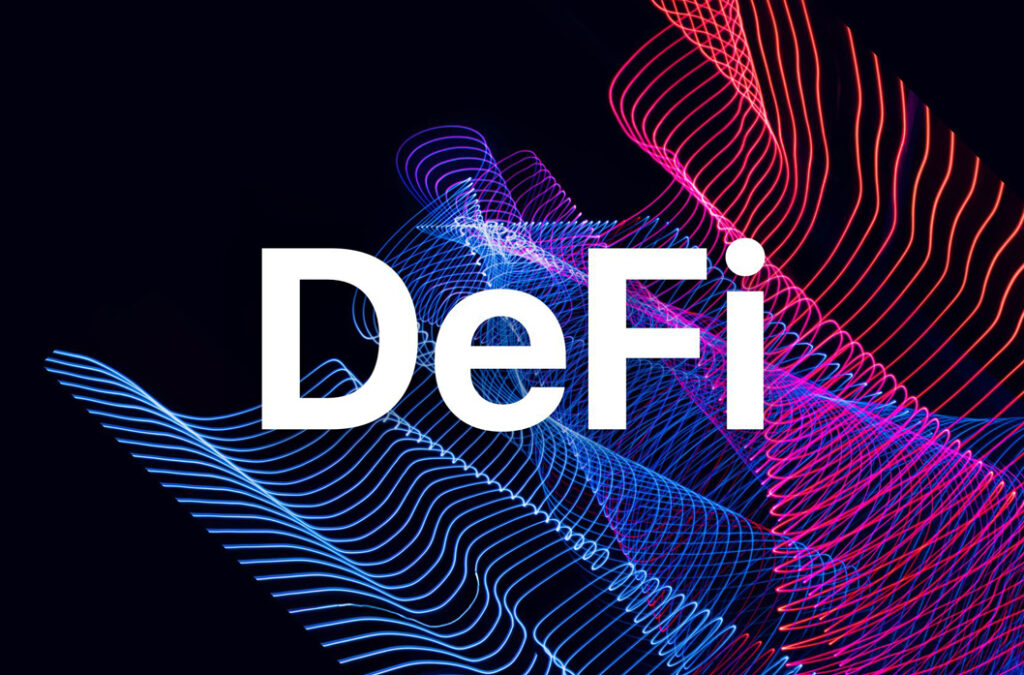Blockchain and the idea of Web 3 have amazed the world by developing an alternative financial system with amazing innovation and adaptability in less than ten years.
The basis of decentralized society: How do Blockchain and DeFi (Decentralized Finance) work to achieve security and transparency?
Blockchain is a decentralized technology that is not overseen by a single organization. As an alternative, it confirms each transaction through a network of nodes using consensus techniques. In this instance, each member of the network must agree to the addition of a new block and guarantee its integrity. To update data on one block requires a lot of computing power concurrently. Blockchain technology becomes more safe by eliminating the requirement for the faith placed in conventional centralized authorities (“trustless”), as decentralization and immutability are two of its key properties. Users can interact freely and privately with a system that doesn’t rely on a centralized authority to ensure the accuracy of transactions. It’s important to keep in mind that trust is not completely destroyed by trustless systems based on blockchain technology, but rather dispersed in a way that rewards specific behaviors.
DeFi is quite transparent in theory. This type of information exchange is a big improvement over the traditional banking system, where much of the data is scattered across several proprietary systems and usually unavailable or incapable of being properly reviewed.
Click here – Items Required For a Gardening Starter Kit
The collapse of traditional banks: What does it mean for DeFi?
The sixteenth-largest bank in the US experienced a crisis last week, as our readers may be aware. The California-based company declared that it will sell part of the bonds at a significant loss to close its funding gap because it was unable to hold its bonds until receiving the funds back. The news of the stock sale, however, had the opposite effect; it sent investors and customers into a panic, and they began taking money out of the bank. The bank failed after only a few days, making it the second-largest bank failure in American history.
The key difference between DeFi and a traditional bank is the usage of middlemen. Some money transfers take days to complete due to laborious processes used by banks and middlemen. DeFi systems, on the other hand, completely did away with intermediaries and put autonomous smart contracts in their place. DeFi protocols are thus available to their clients without limitations. On the other hand, the bulk of retail customers in the traditional finance sector usually require authorization and are subject to stringent limitations on the products they can access.
Moreover, the ability to transfer digital assets between DeFi protocols lowers switching costs for clients, which promotes competition and improves social welfare. Contrarily, conventional financial transactions are very opaque, and conventional institutions are segregated behind closed systems that ineffectively communicate with one another.
Click here – What You Should Know About Fighting Inflammation
The principle of security and transparency: why are they so important?
The modern logic of sharing data that is no longer owned by a single central body is addressed by decentralization. Phemex placed a strong emphasis on transparency and security as a CEX that has consistently thought carefully about its obligations. Phemex makes sure that all user assets on our network are completely backed by keeping 100% of user currency in reserve at all times. To show that each user’s deposited assets are actually recorded and supported, the Phemex Proof of Reserve tool displays a Merkle-tree representation of each user’s deposited assets. Phemex safeguards the accounts and money of our users around-the-clock with a variety of firewalls and authentication methods.






